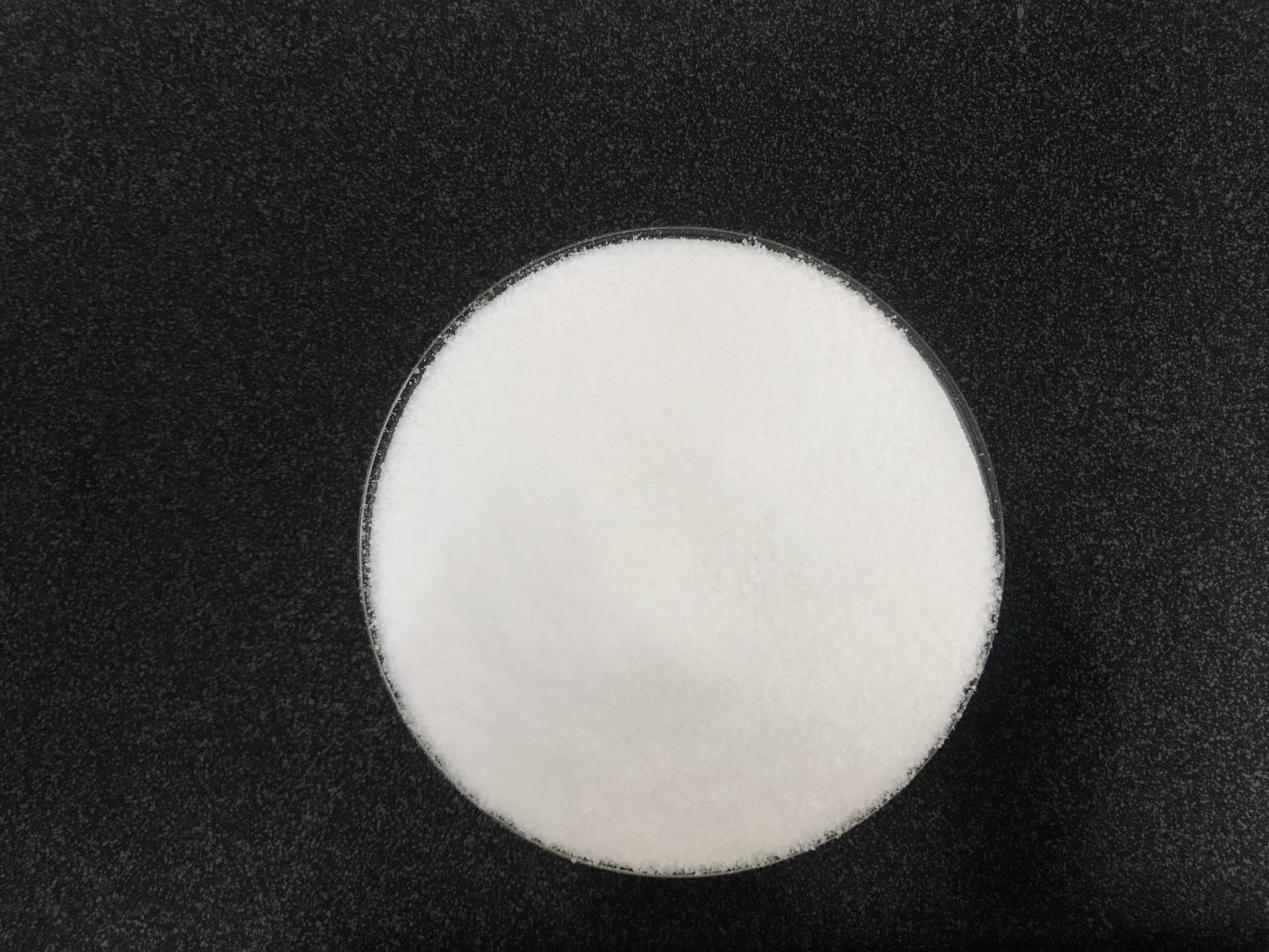In the water treatment industry, polyacrylamide is generally considered to be a very stable polymer. In fact, under natural conditions, polyacrylamide will undergo slow physical degradation (heat, shear), chemical degradation (hydrolysis, oxidation and catalytic oxidation) and biological degradation (microbial enzymatic hydrolysis). These degradations are mainly caused by the stimulation of free radicals to cause chain oxidation reactions, which will cause the polymer main chain to break and the relative molecular mass to decrease, and the viscosity of the aqueous solution to lose. In the study of the stability of polyacrylamide, it was found that polyacrylamide undergoes two chemical degradation reactions in aqueous solution at the same time: 1. Hydrolysis reaction causes the change of the side group structure, from amide group to hydroxyl group 2. Oxidation reaction causes the main chain to break, which reduces the relative molecular mass of the polymer. Oxidative degradation reactions have the characteristics of free radical chain reactions, and act as activators for peroxides, reducing organic impurities and transition metal ions, producing active free radical fragments and promoting polymer oxidative degradation. Peroxides in polymers and the carbonyl compounds produced are the main causes of polymer oxidative degradation and photodegradation.
Depending on its use, the relative molecular mass of polyacrylamide is generally between (200-2000)×104. Due to degradation, the relative molecular mass of the main chain is greatly reduced, resulting in a large number of oligomers. Further degradation of oligomers will produce a large number of acrylamide monomers.
Due to its good water solubility, acrylamide discharged into the environment basically enters surface water and groundwater, can be absorbed through the skin, mucous membranes, respiratory tract and oral cavity, is widely distributed in human body fluids, and can also enter the embryo, causing poisoning. The metabolism of acrylamide is mainly to react with glutathione to generate N-acetyl-s-cysteine, which is catalyzed by enzymes and non-enzymes in the liver, brain and skin. It has been proven to be a chromosome clastogen, inducing chromosome aberrations. It can cause neurotoxic reactions, and its toxic reactions are sensory and motor disorders. The pathological manifestations are numbness of the limbs, paresthesia, ataxia, tremor, sensory insensitivity and midbrain damage. Ingestion of acrylamide-contaminated water can cause drowsiness, balance disorders, mixed memory loss and hallucinations.
There is no doubt that polyacrylamide itself is safe and non-toxic, so its application scope has penetrated into all aspects of people’s lives, and is also used in areas directly related to human health, such as food, medicine and cosmetic surgery. In fact, the far-reaching impact caused by the migration and degradation of polyacrylamide in the environment has not been recognized, so it is necessary to conduct in-depth research on the biodegradation of polyacrylamide and find appropriate treatment measures to eliminate its potential toxicity.


